When our flotilla of five canoes pushed off from Louisiana, Missouri, the sky was flat gray, and a promising forecast had turned into warnings about heavy rain and potential flash flooding. This wasn’t the introduction to joys of paddling on the Mississippi River that I had hoped for with this group of friends.
Six of the ten people in our group had never been in a canoe on the Mississippi. Sure, they had plenty of experience on long canoe expeditions, but paddling a big river offers different challenges than drifting across lakes. The Mississippi demands your attention—can flip from placid to life-threatening in a flash—but it also rewards you with unexpected pleasures that open up around the next bend.
I had been checking the weather forecast obsessively for a few days before we were to set out. It looked great… until we were on our way to Louisiana to put in. Instead of fair temperatures and a chance of scattered rain, a strong storm front was about to pass over us, bringing with it heavy rain. The river was about to give us an appropriate welcome.
Still, we couldn’t restrain the excitement we felt as we paddled our fully-loaded canoes away from the dock at Louisiana. Sure, the sky was gray, but at least we weren’t stuck at home on a Zoom call. Our first challenge of the day was to navigate our flotilla through the lock at Clarksville, Missouri. We had a short wait (about 30 minutes) as a northbound tow finished locking through, then we floated inside and rode out the 7-8 foot drop.
By the time we entered the lock, light rain was falling and the late afternoon sky had taken on a threatening tone. We didn’t want to get caught in a thunderstorm while in the middle of the river, so we settled for a campsite at a less-than-ideal spot at the lower end of Clarksville Island. We sloshed through the muddy bank as we unloaded the canoes, but just up the slippery slope, the land was flat, sandy, and thick with trees. We got our tents set up just before the heavy rain began.
For twelve hours, it rained, sometimes in torrential downpours. The trees provided some shelter, but water still puddled in our tent, and the constant rat-a-tat-tat on the tent was hard to sleep through. When the rain finally stopped the next morning, we didn’t have time to dry out. We had to pack and go in order to paddle the required miles for the day.
The sky started out gray but gradually cleared. We encountered a few people as we paddled past Hamburg, Illinois, but otherwise had Old Man River all to ourselves for hours at a time. We paddled by flocks of American white pelicans and watched bald eagles soar above us. More than once, we gave in to the temptations of a sinuous sandbar or river bank and stopped for a quick swim in the chilly water. When we floated into shallow water, the sound of our paddles striking the water often excited silver carp just enough to get them jumping out of the water around us—and sometimes into us.
In late afternoon, we began looking for a place to camp for the night. Most of the riverbank along the main channel was covered with big rocks (rip rap), carefully placed there by the US Army Corps to prevent erosion that might make it harder to maintain a 9-foot depth for barges. Those rocks aren’t paddler friendly, though, so we detoured down a back channel in hopes of finding a good landing. Near the downriver end of the channel we found a flat, damp sandy beach. It was only a few inches higher than the water level, though, so we passed on it, concerned that the heavy rains from the previous night might bring the river up just enough to swamp that area.
We found another open area across the channel, but it was next to a boat ramp and—judging by the deep, circular car tracks—looked like a popular place to hang out. We weren’t looking for company that evening, so we paddled to the downriver tip of the island, where we figured there would be just enough space to set up camp. Before we unloaded, we spied another area on the other side of the main channel that looked promising, so we sent a scouting party to check it out. It turned out to be perfect for us: a long, sandy peninsula with plenty of driftwood. We paddled through another school of excited silver carp, then set up for the night, enjoying a brilliant sunset and swapping stories around the campfire.
On our third day out, we woke to a bright sun that quickly burned off the thick dew around us. It was a Sunday, so the beautiful weather enticed more people to get on the water. We had to pass through Lock #25 near Winfield, Missouri, to continue downriver. We had a short wait to enter (about 30 minutes), but the lockmaster was nice enough to squeeze us in between a couple of tows heading downriver. On the other side of the lock, we stopped for lunch and to see what fish might be biting.
After leaving Winfield, we paddled a few, mostly quiet miles, then hit pleasure-boater rush hour around Two Branch Island and Dardenne Slough. Boaters who had been enjoying the river on that warm, late summer Sunday were in the process of packing up and leaving from their sandbar rec rooms. We had a few anxious moments as we navigated our way over the rolling waves kicked up by the boaters and a tow pushing a bunch of barges, but we got through. Once we paddled around the Golden Eagle Ferry, we found much quieter waters and began the daily ritual of looking for a place to camp for the night.
Although we paddled further than we thought we’d have to, we ultimately found a tiny, sandy island that had only recently formed in the river. We chatted with a welcome party—a nice couple of river dwellers from across the main channel who stopped by to introduce themselves. With camp set up for our last night, we pulled our chairs around the campfire and enjoyed another glorious river sunset and another round of story telling.
We ended up canoeing 65 miles over four days and, in spite of the heavy rain on our first night, we only saw the river rise a couple of inches during that time. (A bigger rise was forecast to follow.) Sure, we lived with damp gear for a couple of days, but we enjoyed some of the best camping spots in the Midwest. At times, we shared the river with barges and pleasure boaters, at others with geese and jumping carp. In the end, I got what I wanted, that typical trip on the Mississippi to share with friends: challenging, even difficult at times, but just as often rewarding and peaceful—and always beautiful.
**Want to know more about the places along the Mississippi River? Check out Road Tripping Along the Great River Road, Vol. 1. Click the link above for more. Disclosure: This website may be compensated for linking to other sites or for sales of products we link to.
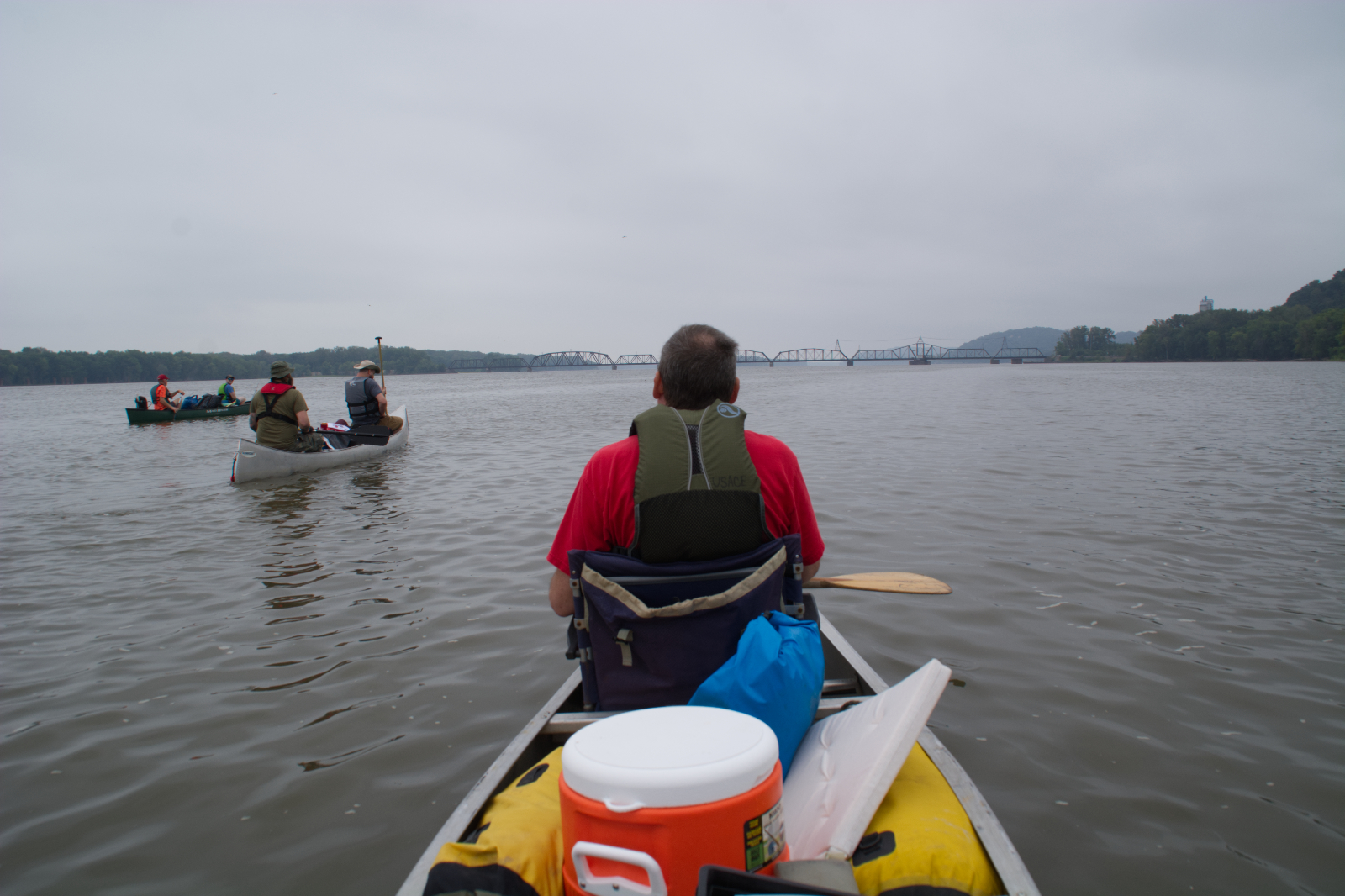
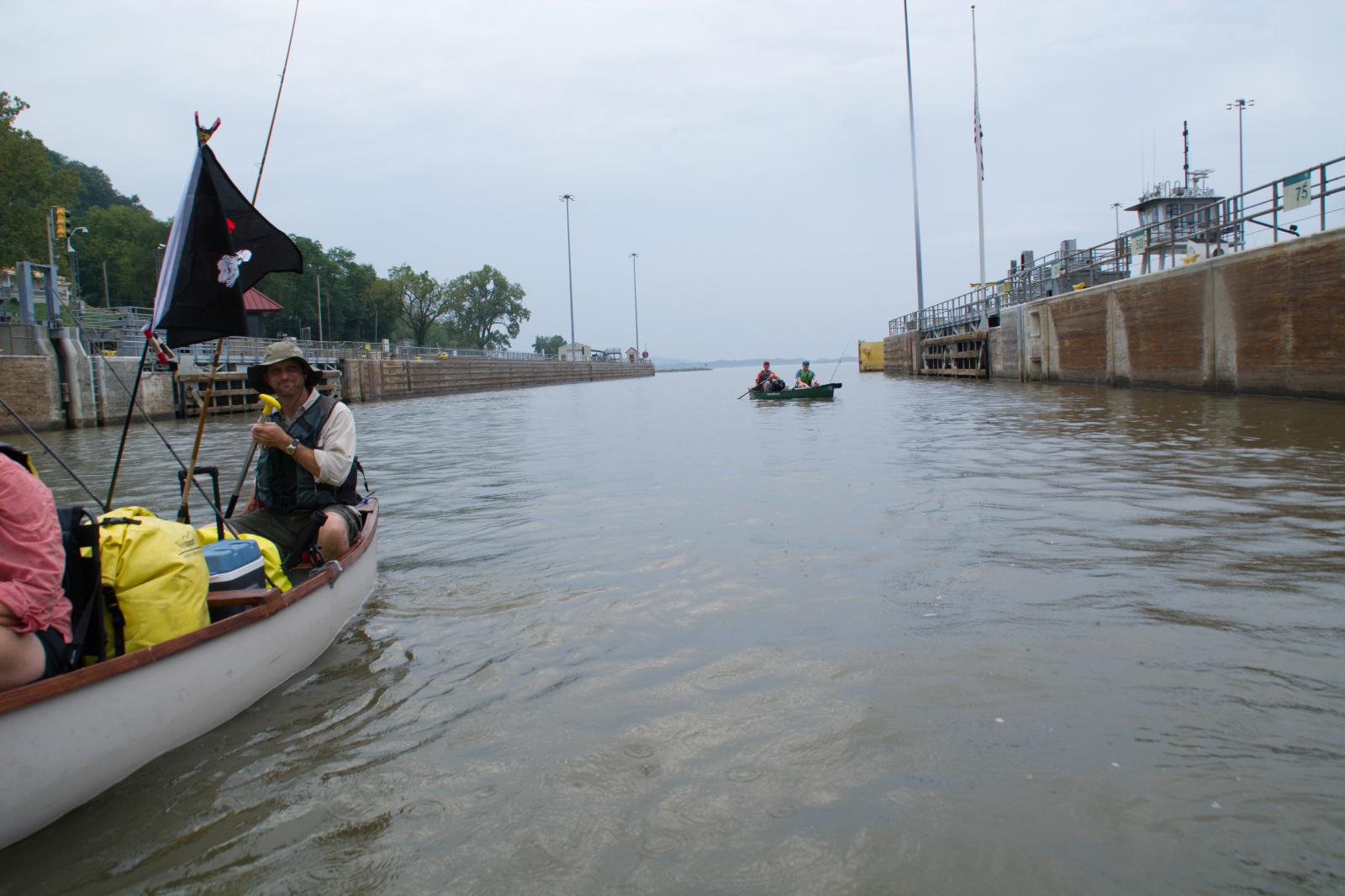
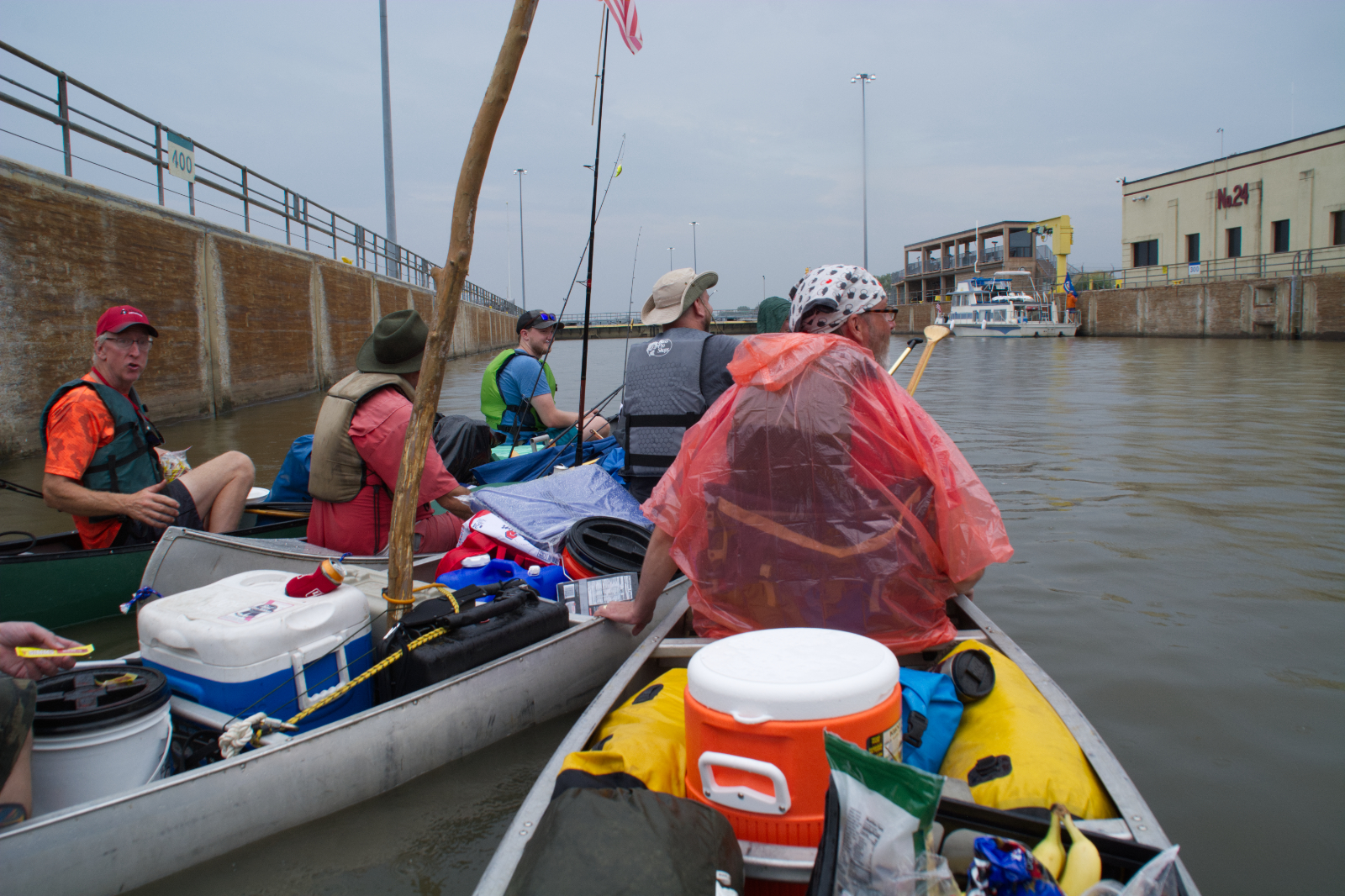
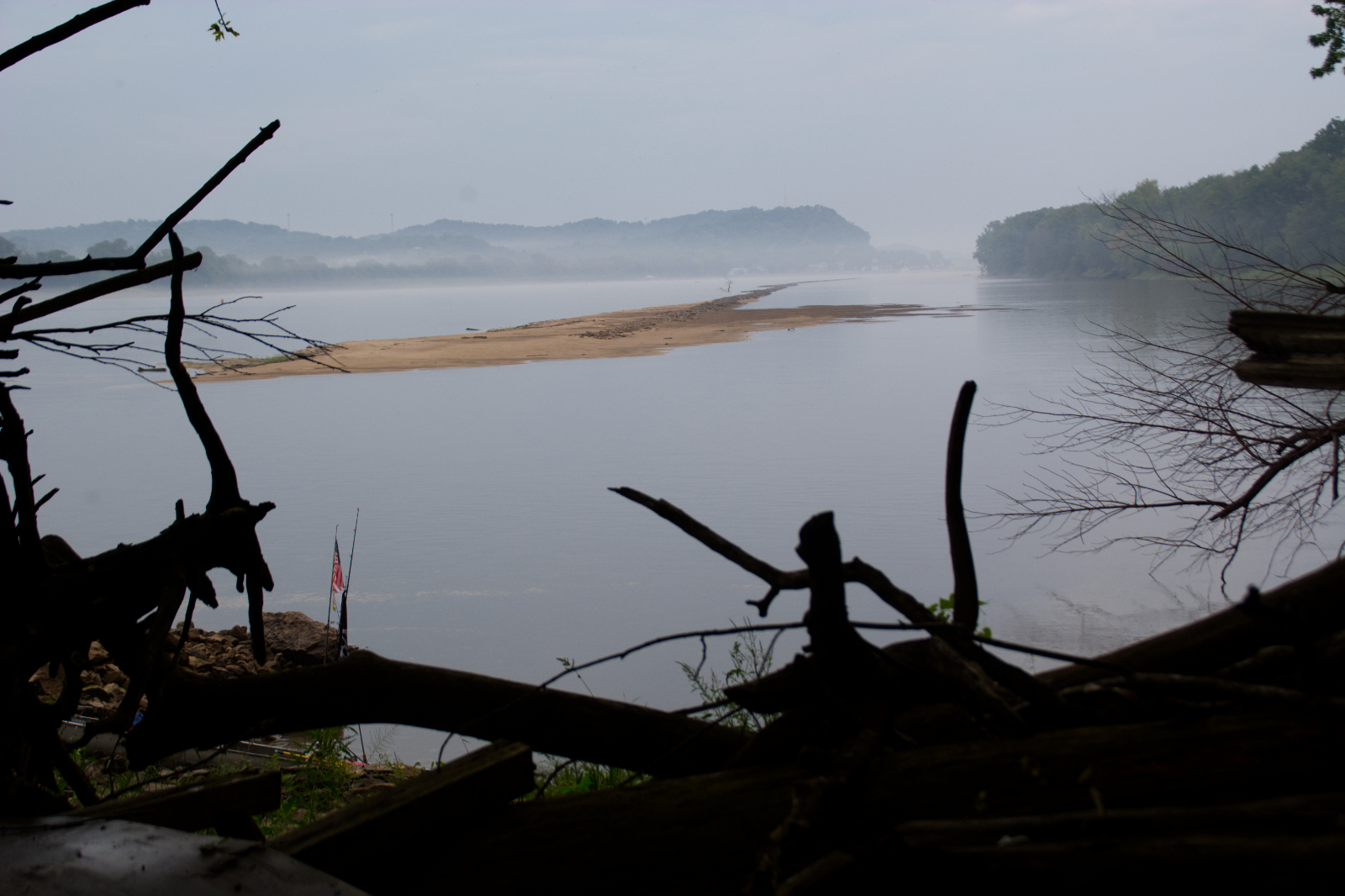
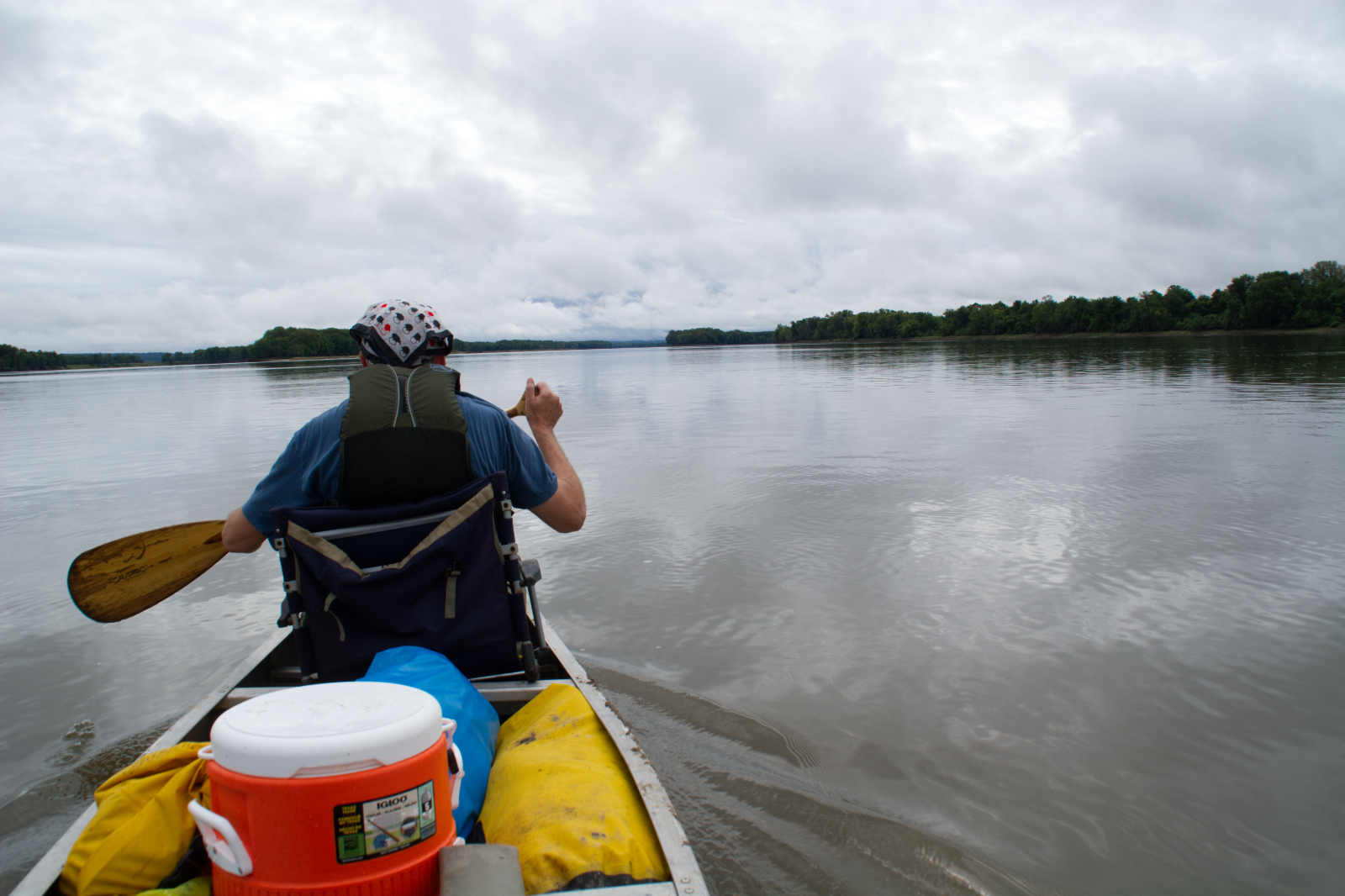
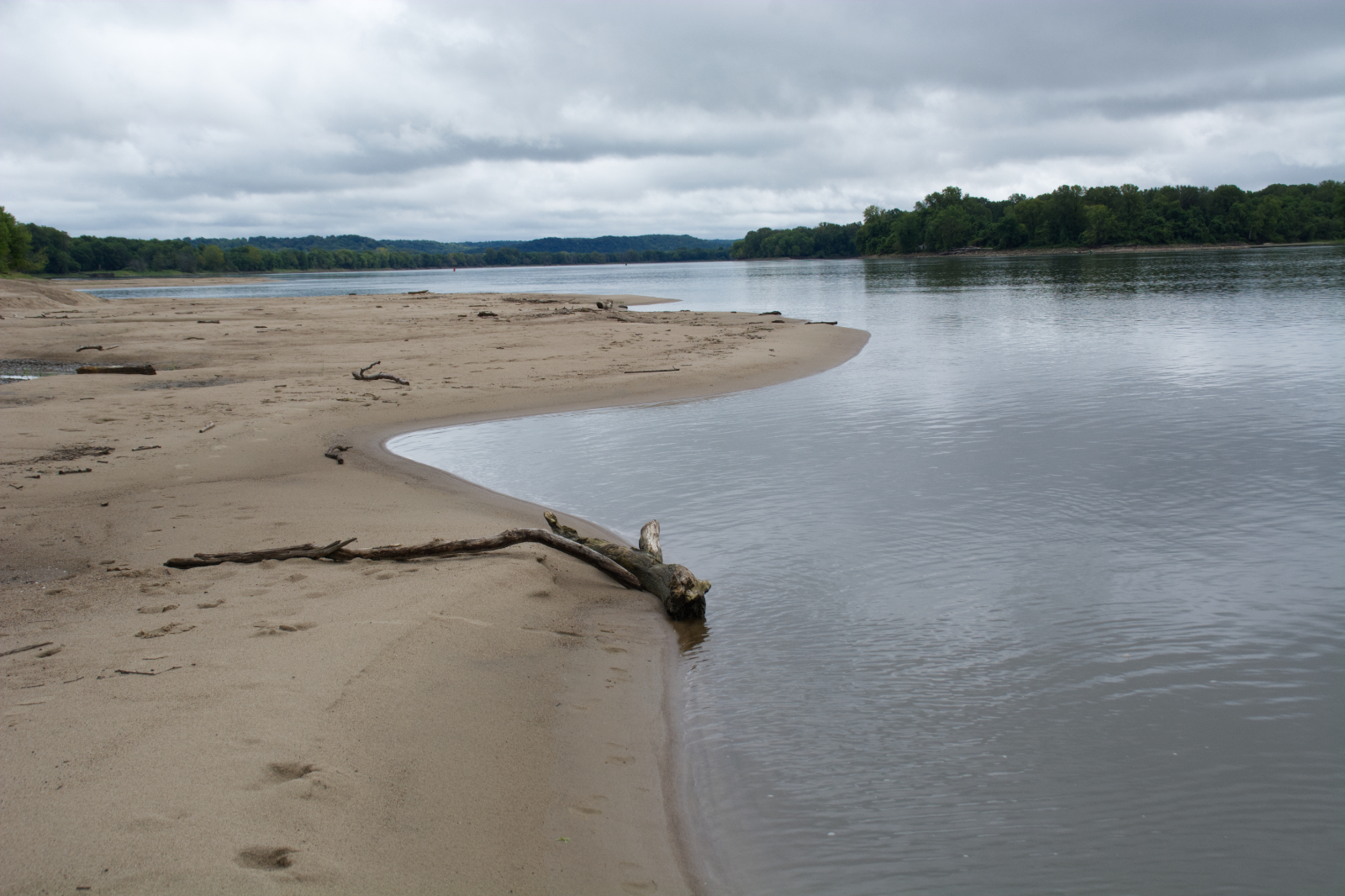

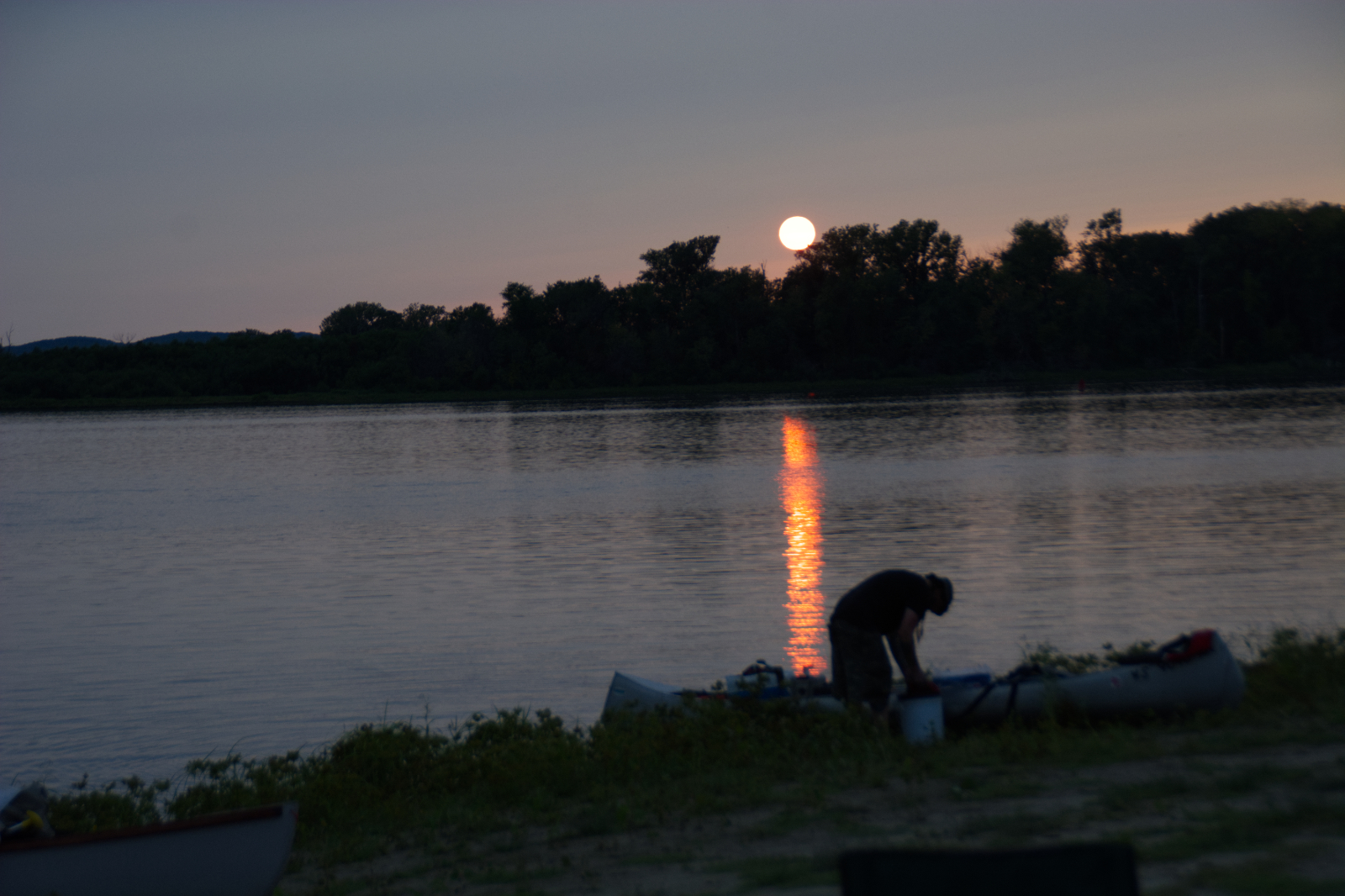
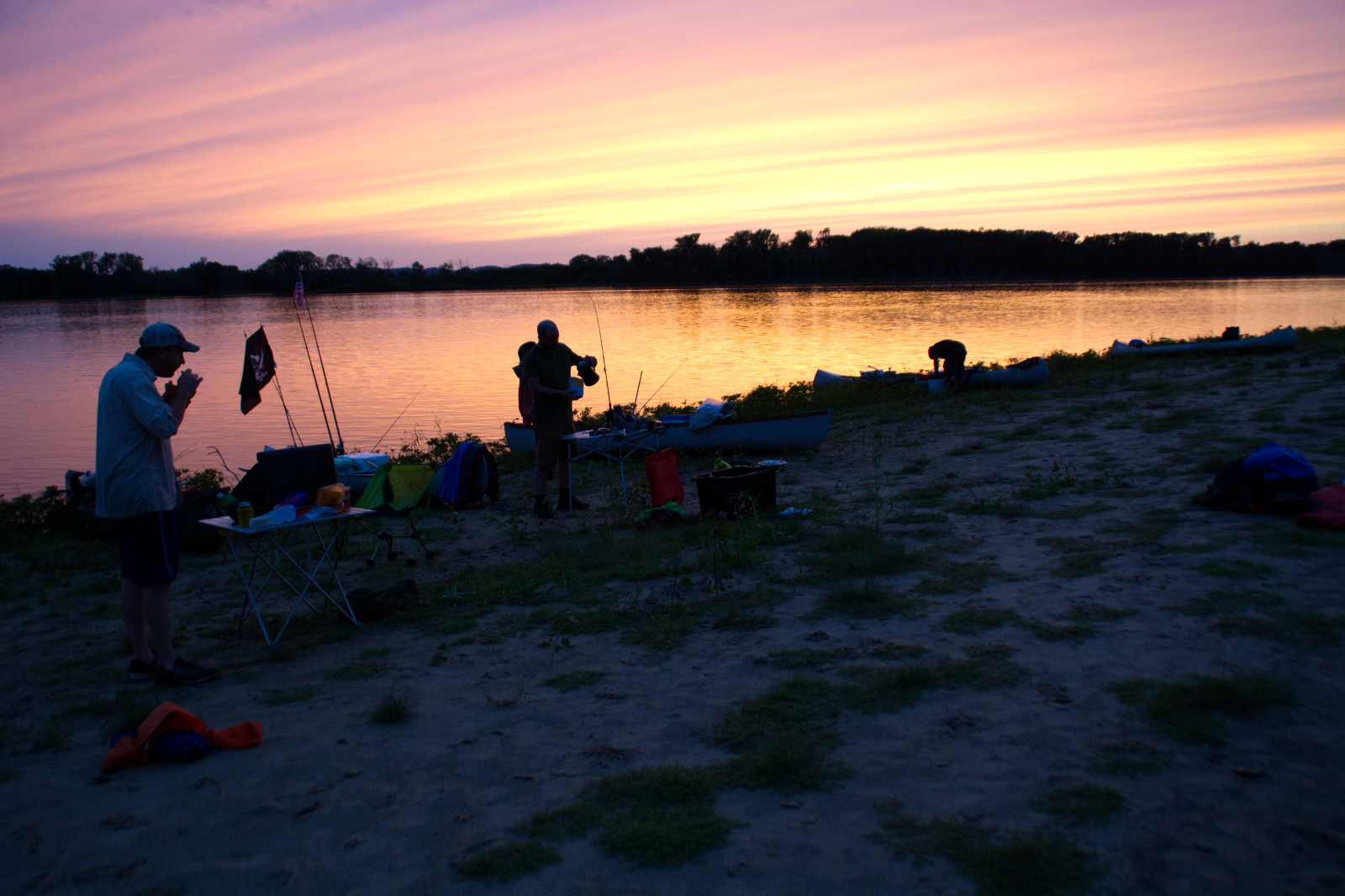
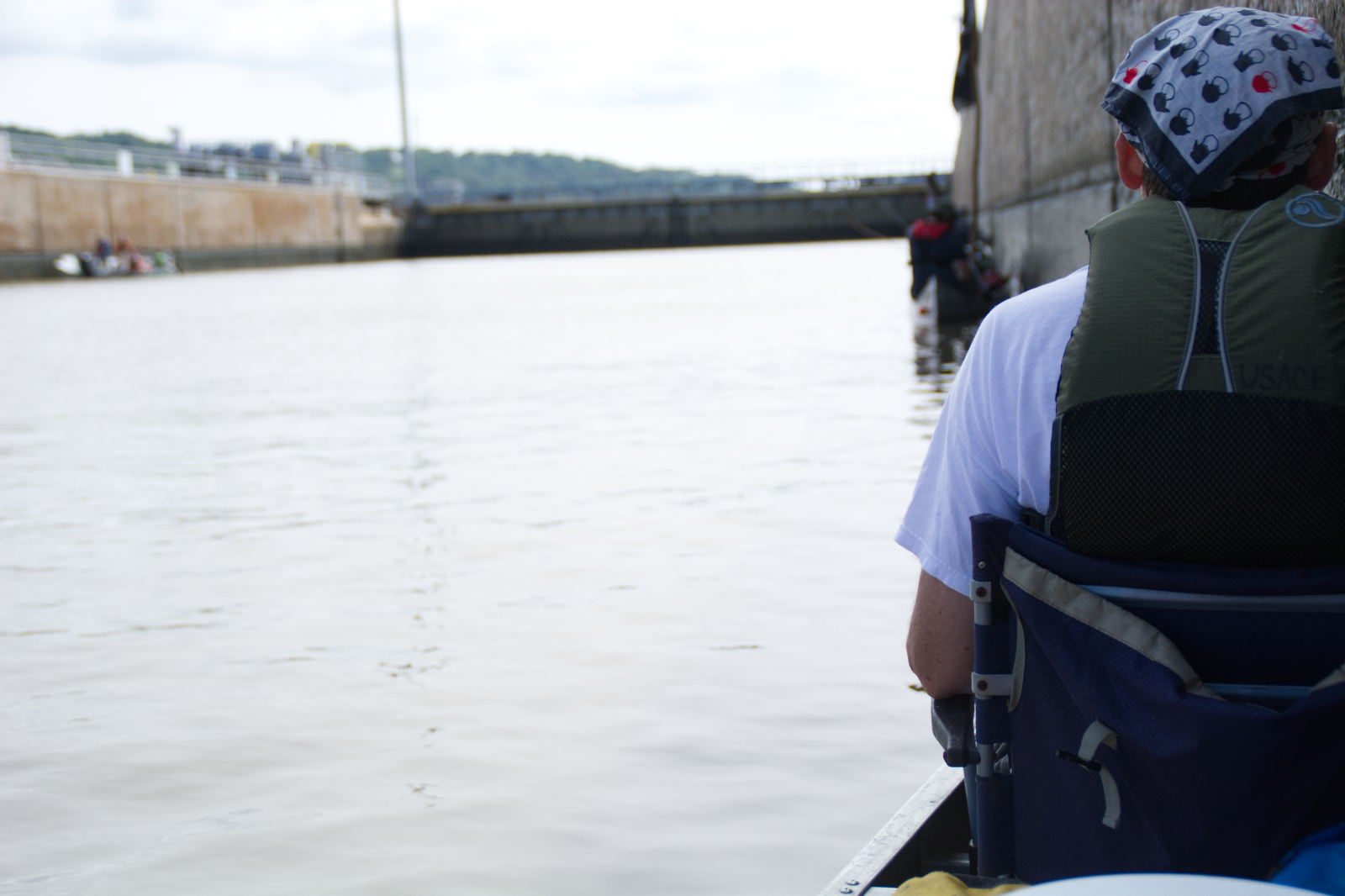
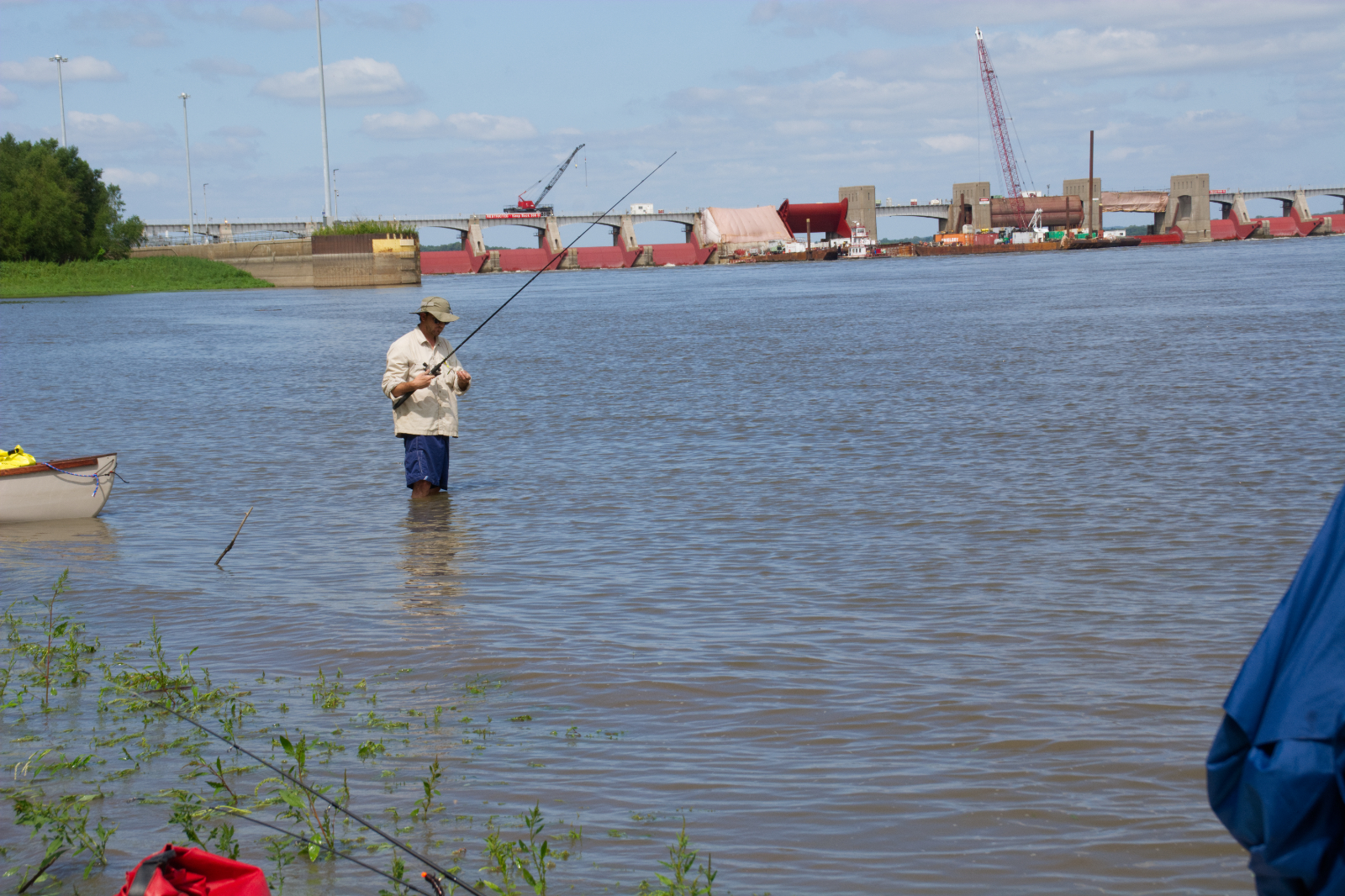
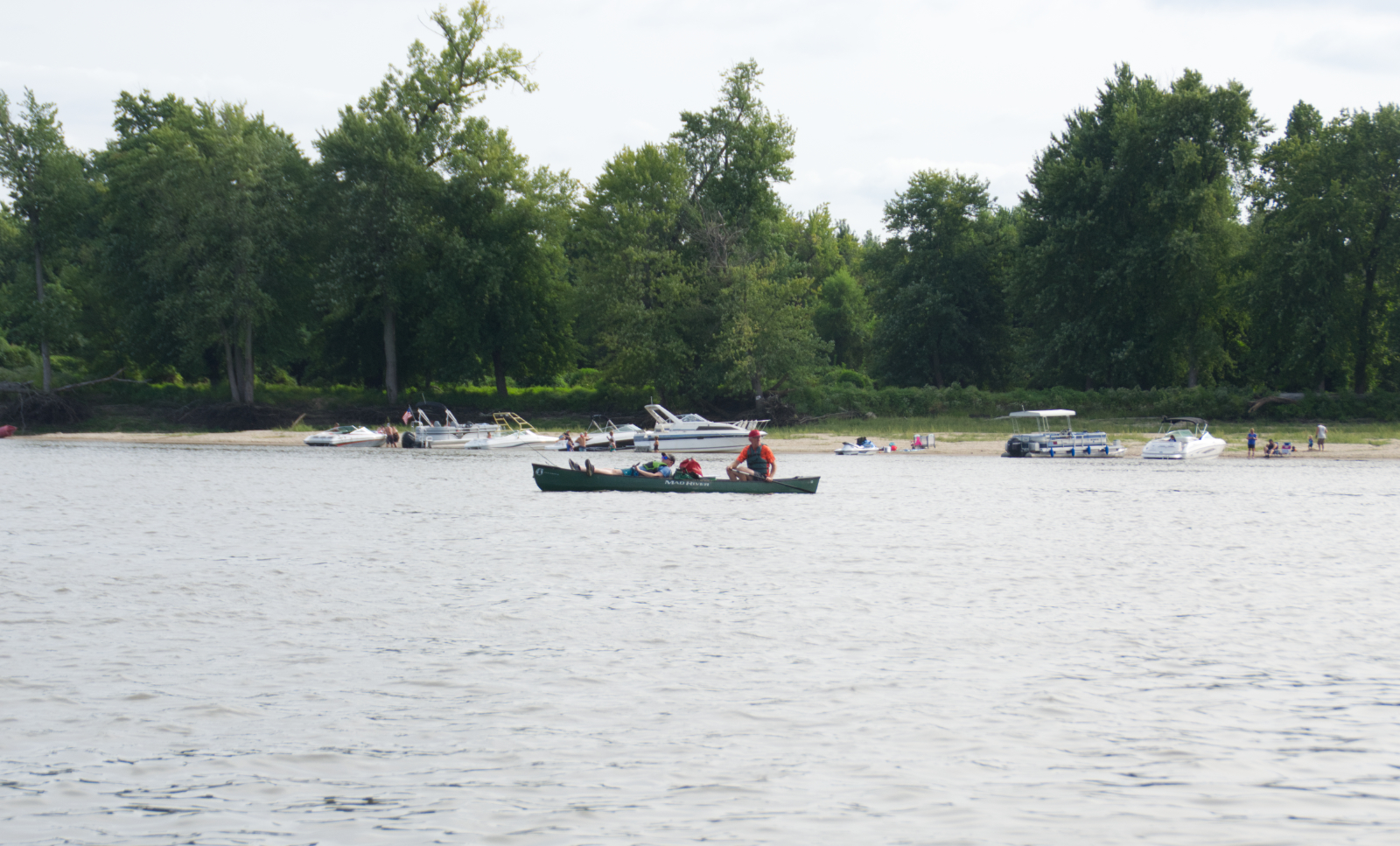
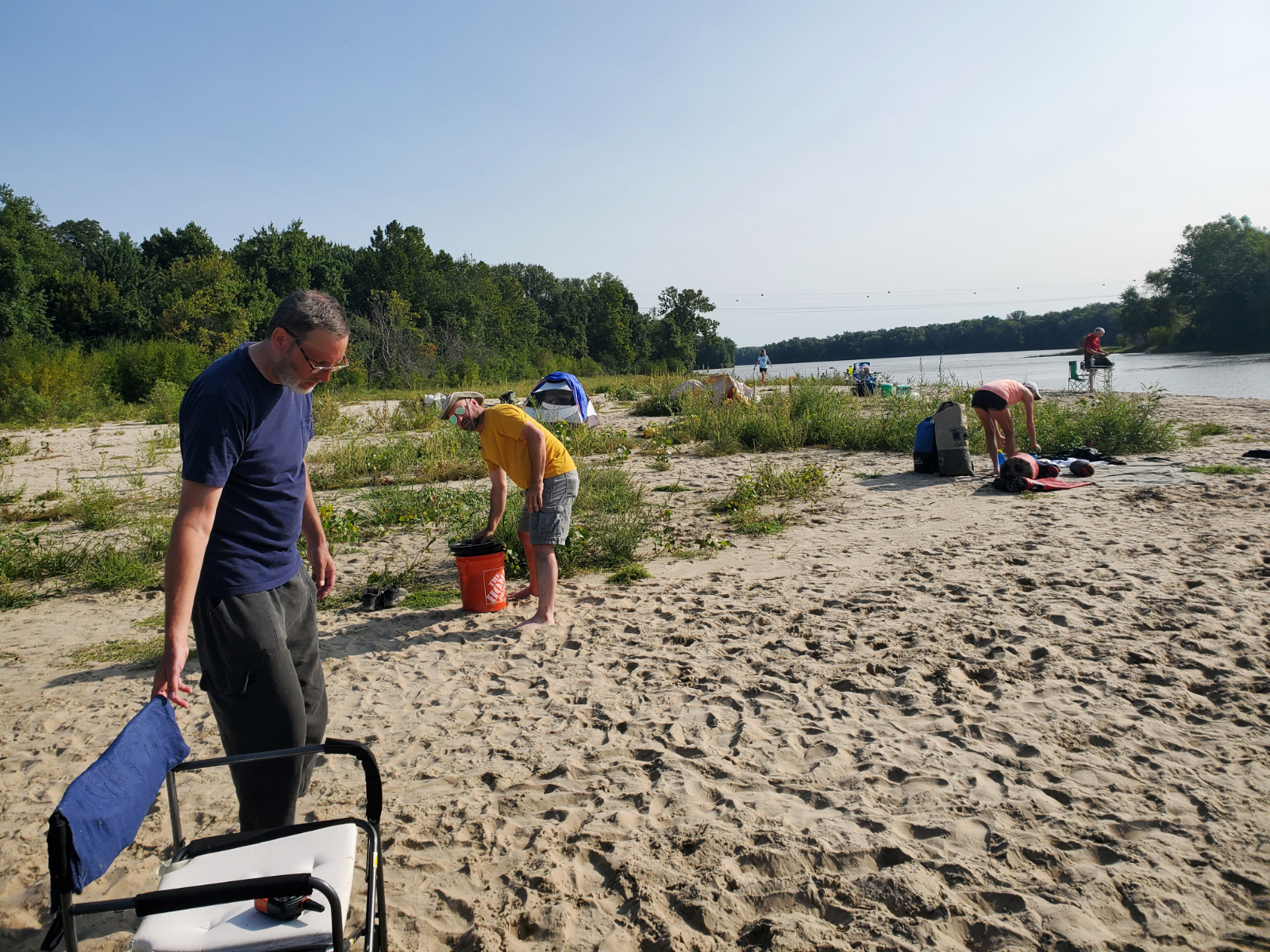
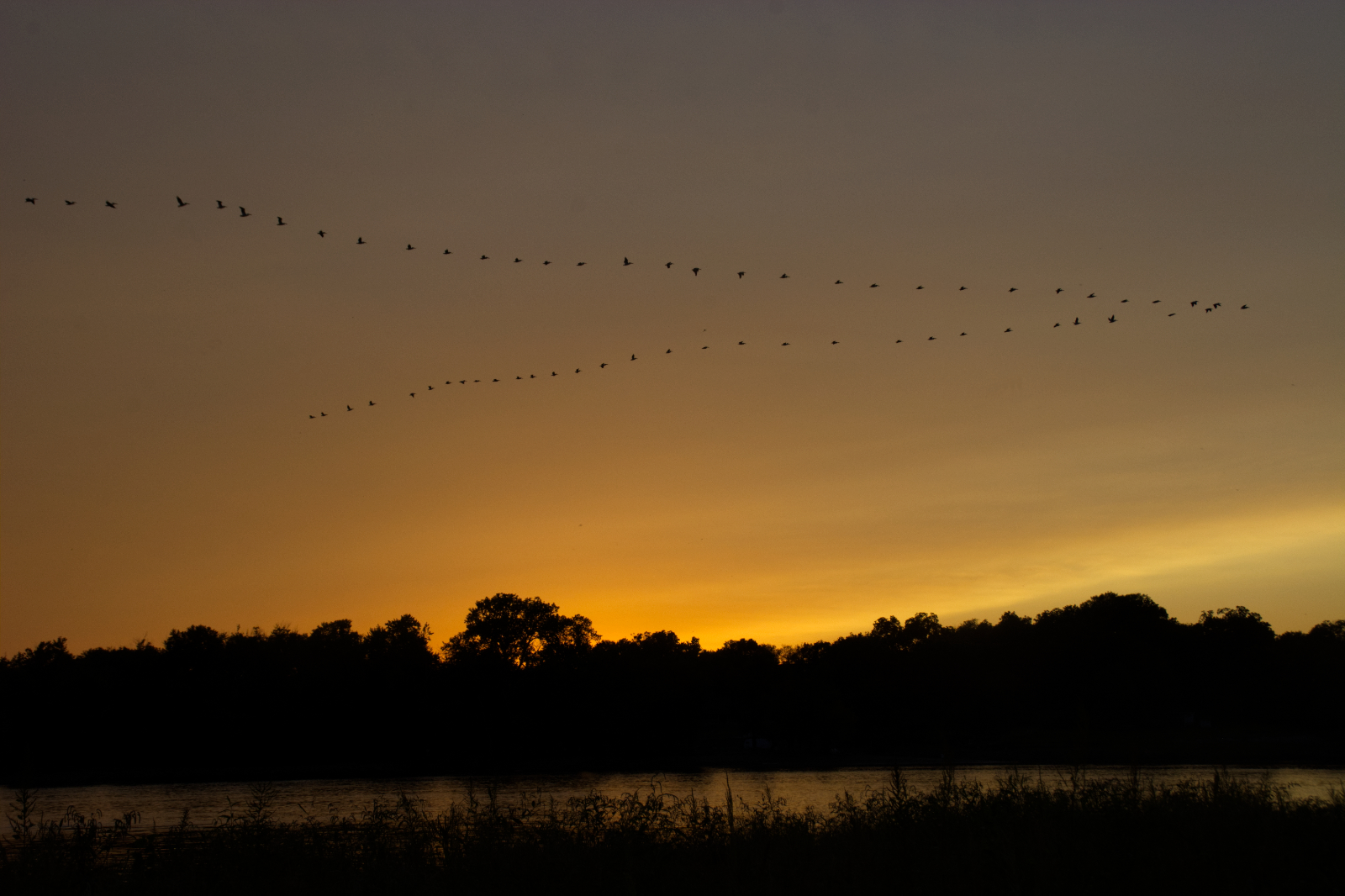
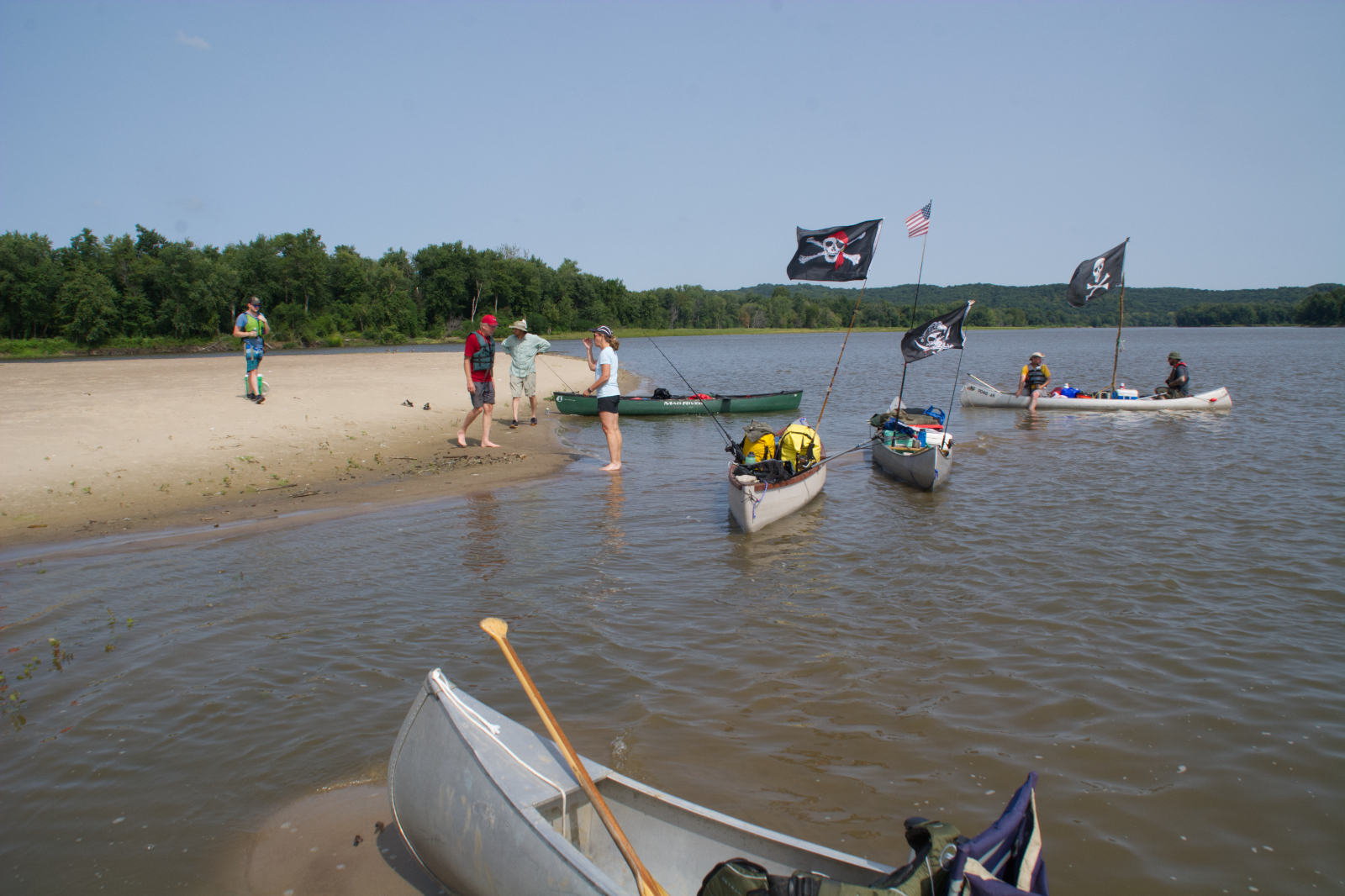
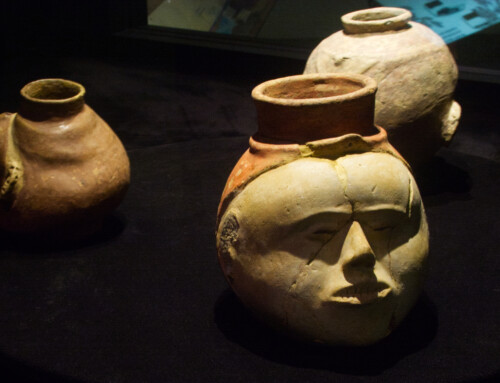
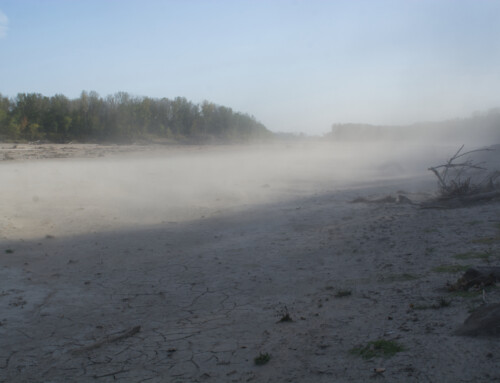
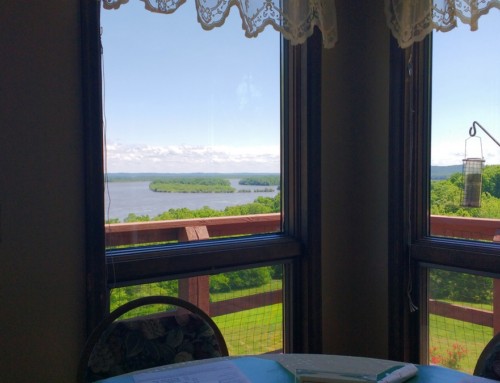
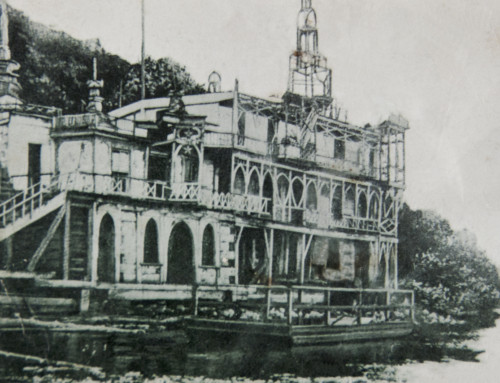
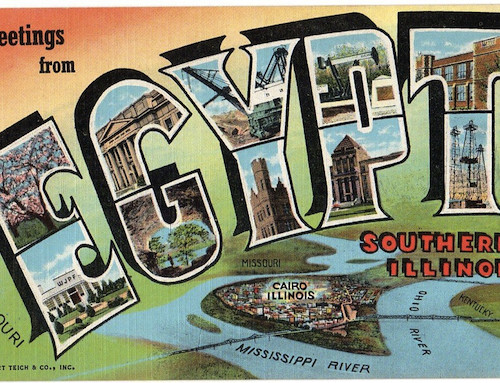
Hi, Becky. You can use the contact form on this website or send me an email: dean[at]travelpassages.com
Where can I contact Dean Klinkenberg about a specific Mississippi River traveling question?
Thank you.